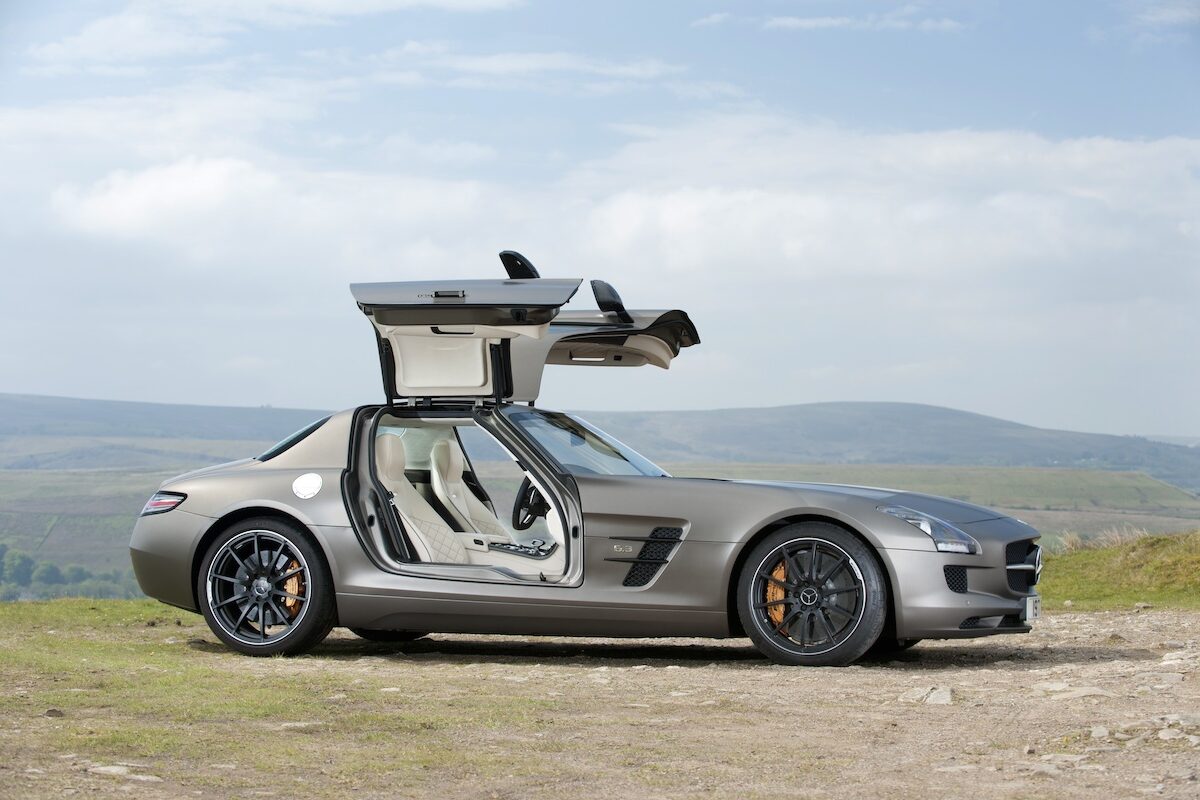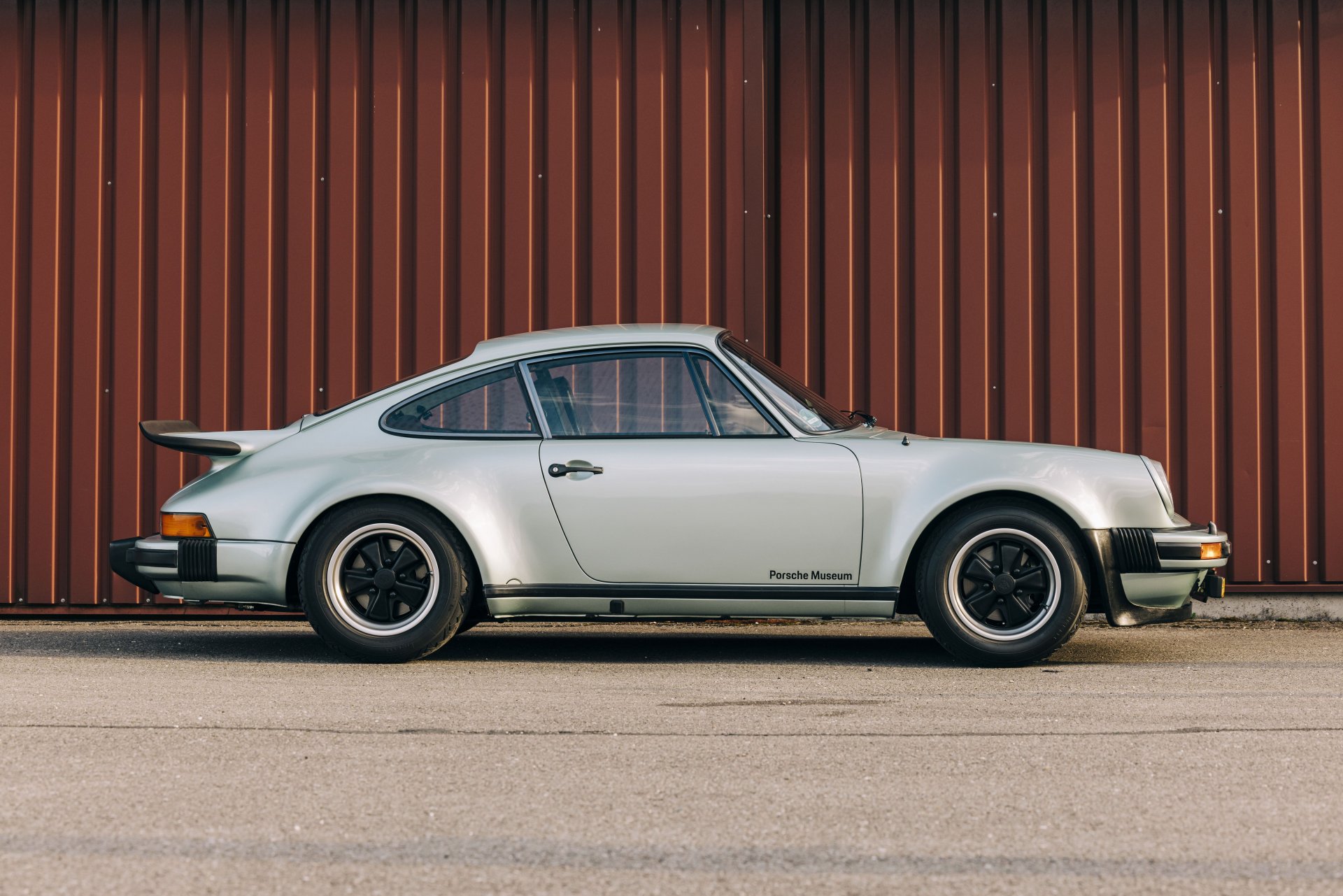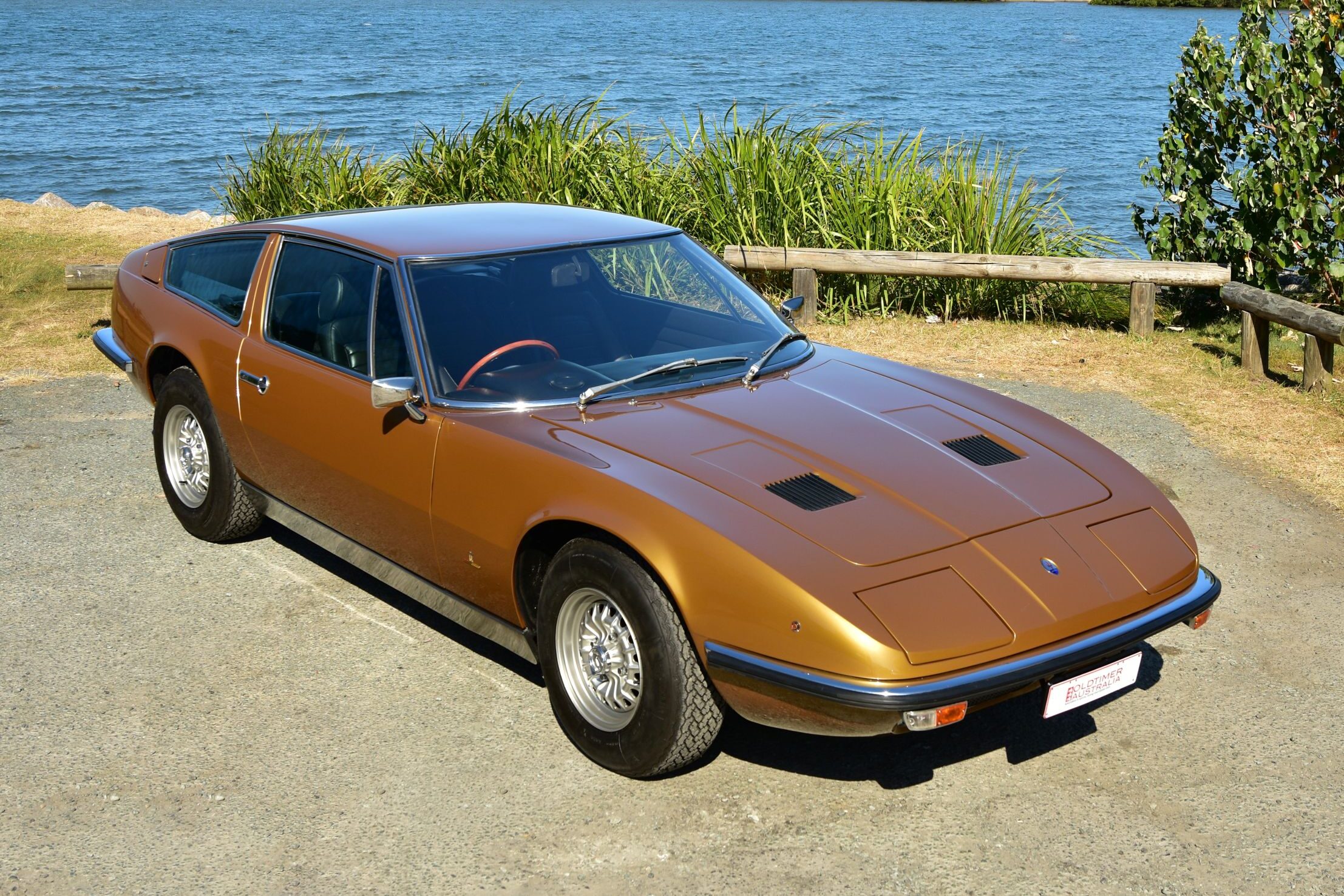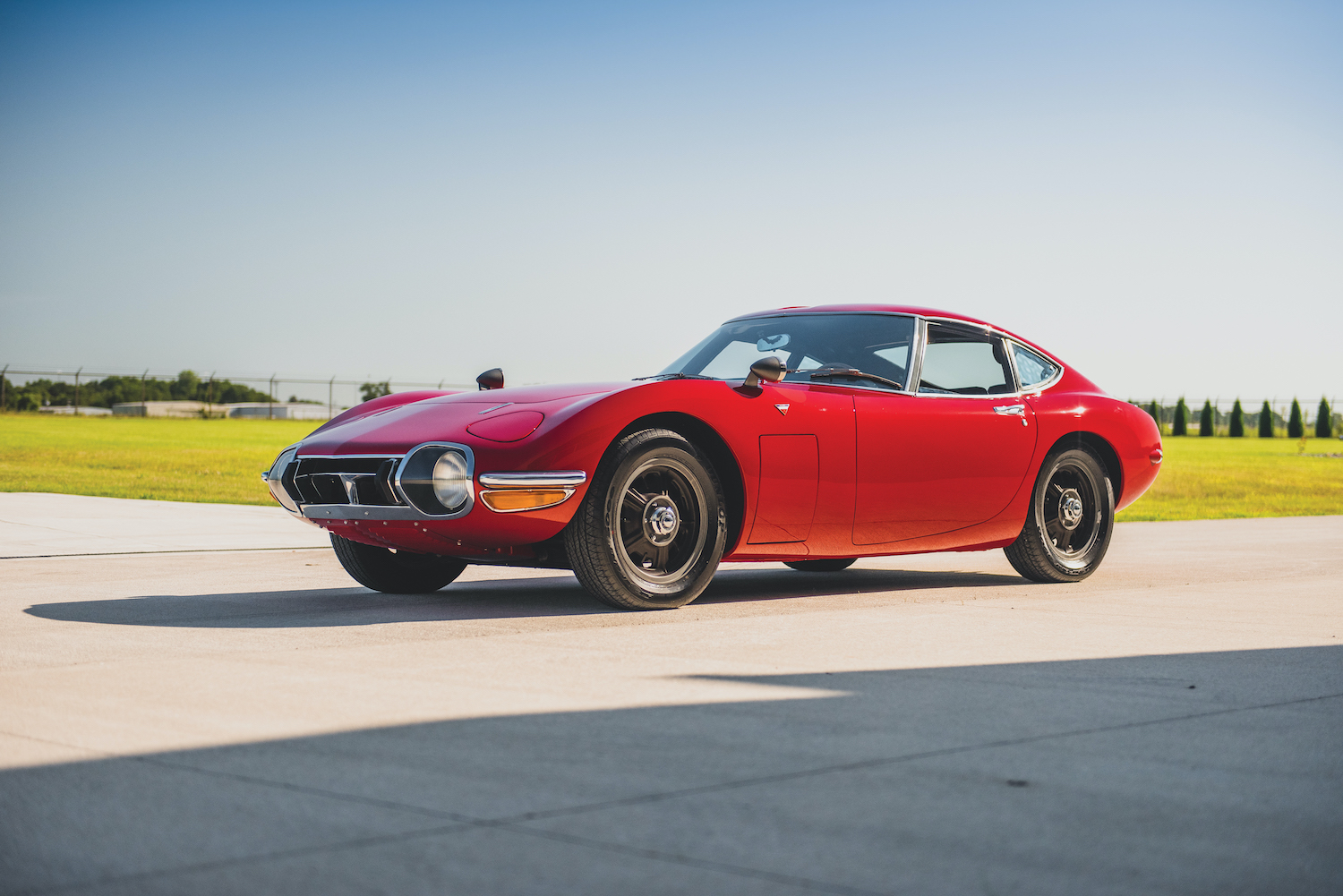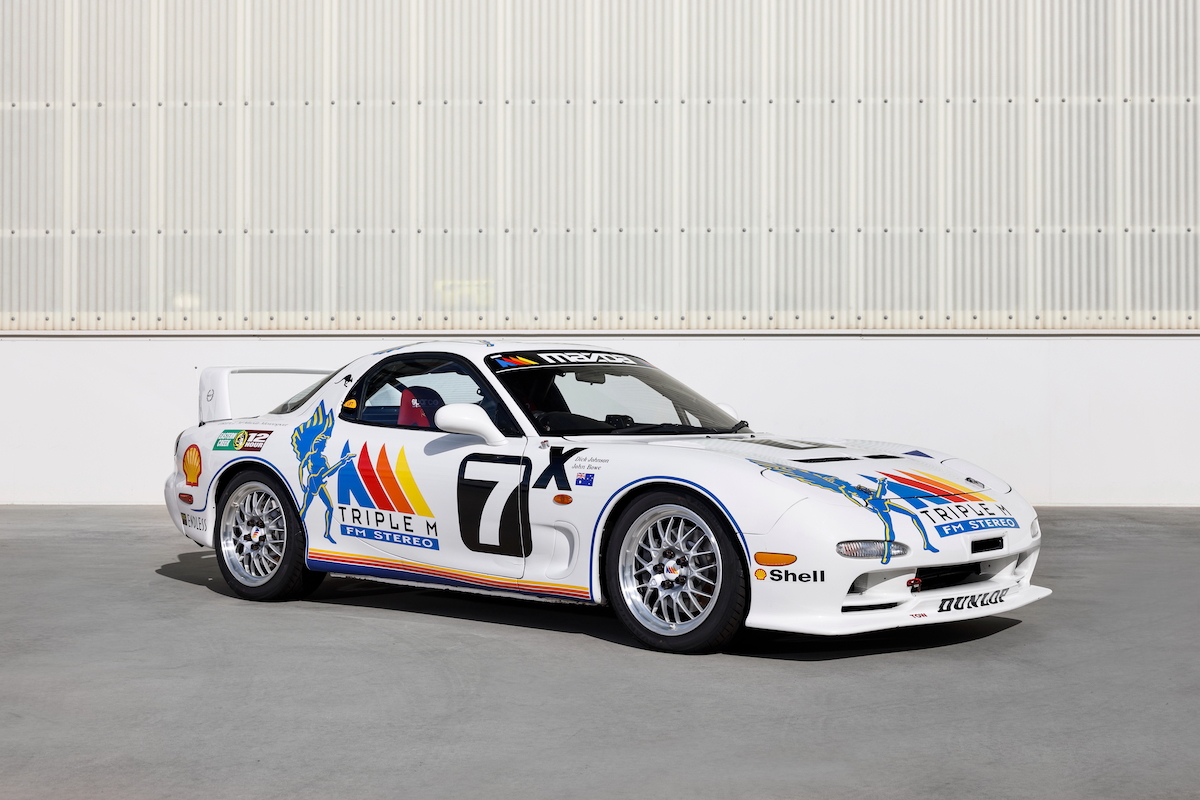In the mid-1980s Nissan Australia was in a pitched sales battle with other local manufacturers Ford, Holden, Mitsubishi and Toyota, as well as rival importers. The company badly wanted a large ‘family car’ contender and in 1986 reconfigured the Japanese-spec Passage sedan to meet local needs. At the same time, it designed a competent and attractive station wagon version which Japan didn’t have.
The locally built R31 Skyline came in four primary variations: GX, GXE, Ti and the sporty Silhouette. Wagons were available in GX, Executive and GXE specification. Like its rivals the Falcon and Commodore, and unlike the Mitsubishi Magna, the Skyline drove its rear wheels, which immediately endeared it to those Australian driving enthusiasts who preferred this configuration.
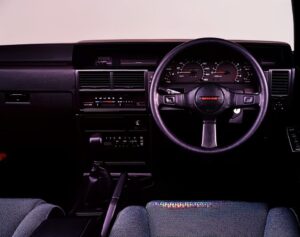
Image: Nissan Archive
Power steering, electric mirrors and a radio/cassette system were among the GX Skyline’s standard equipment, with the GXE getting air-conditioning and uprated trim and the Ti adding electric windows, alloy wheels, a trip computer and central locking.
The Silhouette had no more power than other R31s and came with either a four-speed automatic or five-speed manual. It did have a Limited Slip Differential as standard, however, and is distinguished by its two-tone paint, alloy wheels and a rear spoiler. Inside, drivers were treated to sports seats, air-conditioning, a leather-bound steering wheel and trip computer.
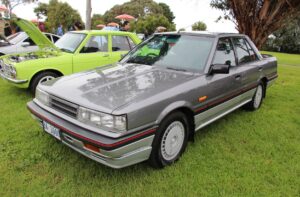
Image: Nissan Archive
Nissan’s version of its RB30E 3.0-litre, single overhead camshaft, fuel-injected six-cylinder engine produced 114kW – down slightly on the 123kW output from the same engine supplied to Holden for its VL Commodore. Holden also had access to a turbocharged version of this engine, as fitted to the VL Turbo, which boasted a heartier 150kW but was not available on Australian Skylines.
Nevertheless, performance from manual versions of the R31 was lively enough, with the GX five-speed taking 9.5 seconds to reach 100km/h. Performance testing form the era indicated that was a tiny 0.08 seconds faster than a five-speed Commodore SL but a handy 1.3-seconds quicker than the four-speed XF Falcon.
Fuel consumption was likewise competitive with these key rivals, with four-speed automatic Skylines using around 14.0L/100km in suburban running, and the five-speed manuals returning a thriftier 12.0L/100km.
Handling was excellent, with the Skyline chassis offering superior grip and ride quality than that of the VL Commodore. Four-wheel disc brakes were also included as standard across the R31 range.
Today, R31 Skyline GX automatics in decent condition can be found for as little as $3000, with manuals asking $1500 more ($4500). Finding a Ti with its plush interior intact will be very difficult and cars fitting the description can cost $15,000. The best value in used R31 Skylines is likely to be a manual GXE, with good-quality sedans and wagons priced between $8000-10,000.
The Silhouette is difficult to find and very good examples will likely cost more than $15,000. Cars that have been significantly modified are worth less in the long-term than factory originals.
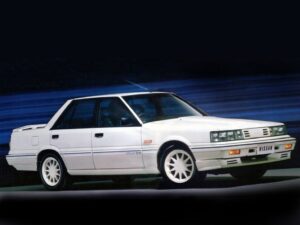
Image: Nissan Archive
Early R31s suffered differential problems and many had their rear axle assemblies replaced under warranty. Some cylinder head failures – blamed on use of incorrect coolant – were reported too, so be wary of a Skyline that overheats.
Faulty air-conditioner switches and other electrical faults are common. Serious rust is rarely a problem, but check doors, sills and the spare wheel well. Don’t pay top money for a car with missing or faded plastic body mouldings as these can be hard to source today.
Younger enthusiasts looking to share the kudos of imported turbo Skylines have been buying and modifying the duo-tone Silhouette to improve performance, so be sure to check that any car you’re looking at hasn’t been abused.
Things To Watch Out For, When Buying a Used Nissan Skyline R31
- Cylinder head cracks and corrosion – look for water contaminating oil
- Differential noise or leaks
- Noise or slow response from the automatic transmission
- Air-conditioner operation
- Rust around windows, in sills and wagon tailgate
- Boot and tailgate strut failure
-
2005$6,200
-
2010$7,000+12.9%
-
2014$8,000+14.29%
-
2024$13,500+68.75%Silhouette



